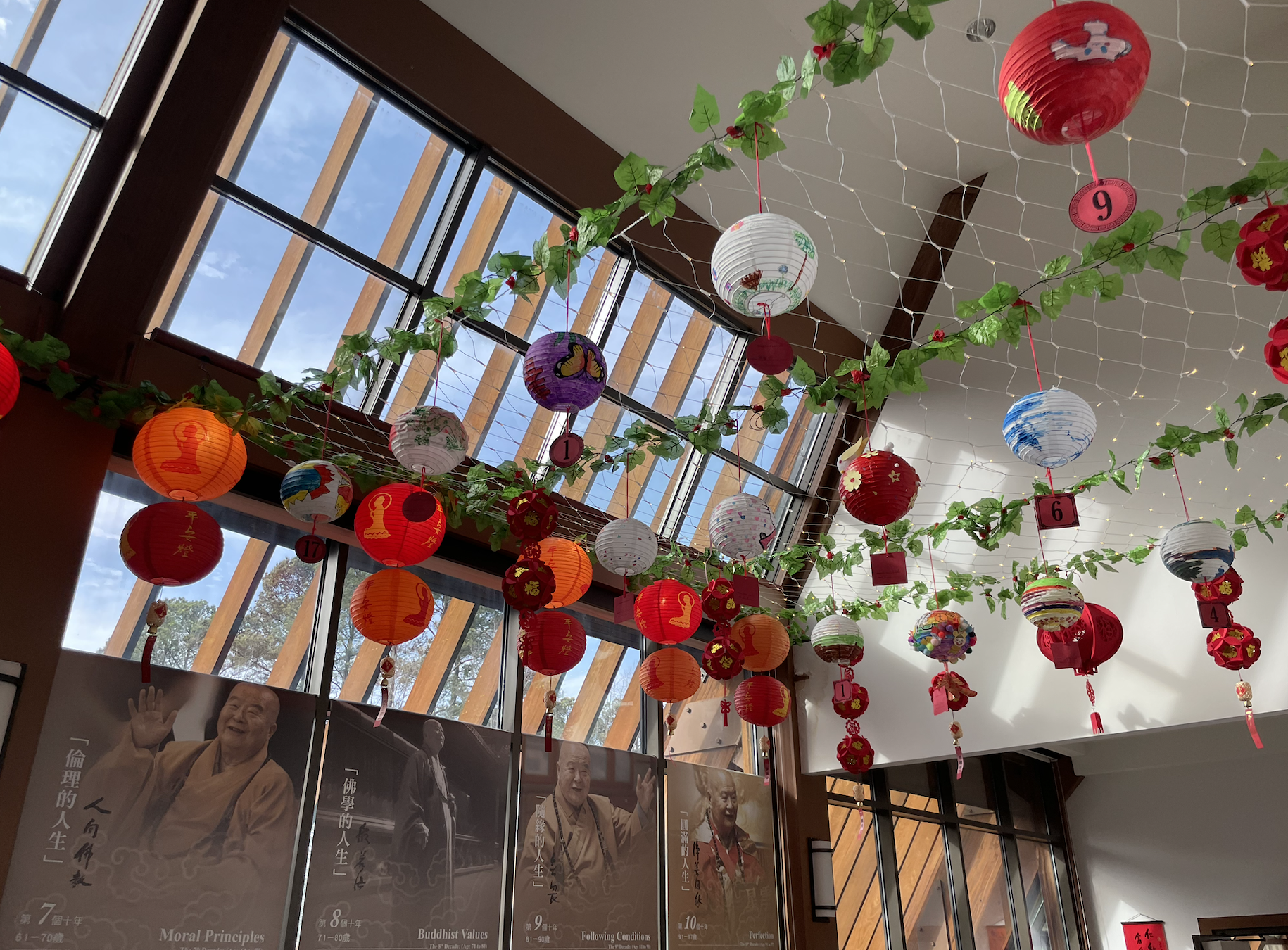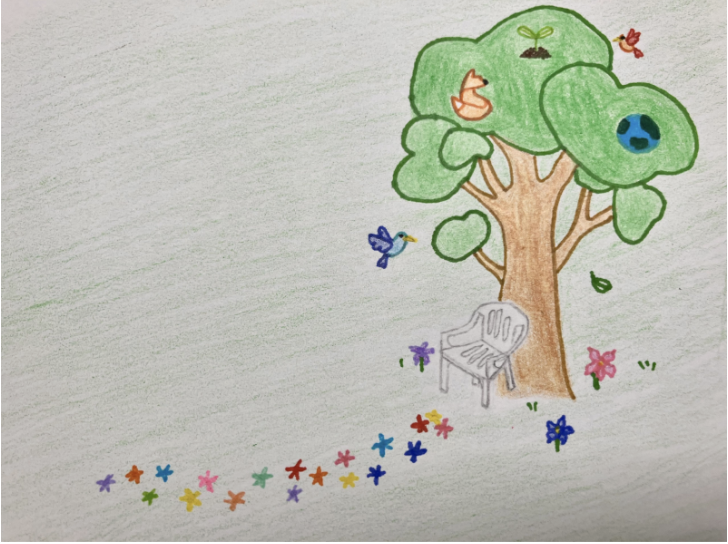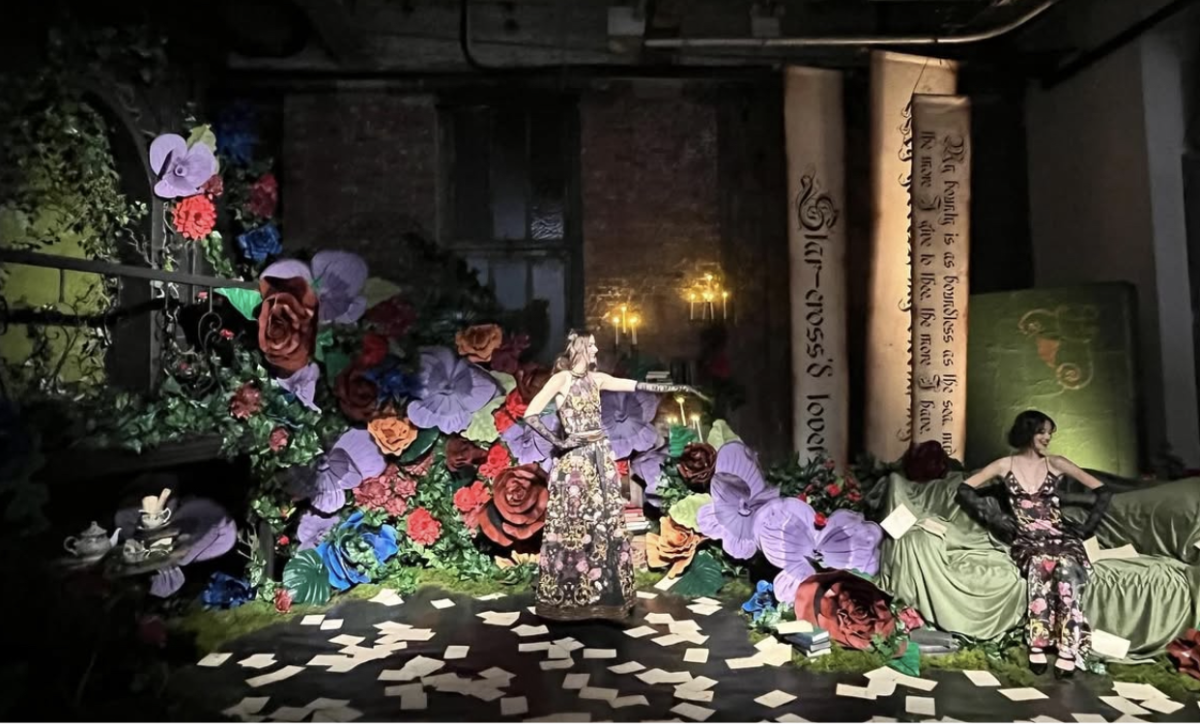Thousands of years ago, a beast known as “年 (nián),” which translates to the word “year” in Chinese, would emerge from the sea or mountain every New Year’s Eve, according to ancient Chinese folklore.
Donned in a fierce expression, with sharp teeth and horns, 年 terrorized villages and ravaged crops, livestock and people. Chinese villagers eventually discovered that 年 could be warded off with loud noises, bright lights and the color red, so they began the tradition of wearing red clothes, pasting red papers on their doors, lighting red lanterns and set off rows of firecrackers on New Year’s Eve in order to ward off 年. Successful in scaring the monster away, the villagers continued to commemorate this day as a tradition, adopting the practices used to scare 年 away as cultural practices to celebrate the arrival of a new year.
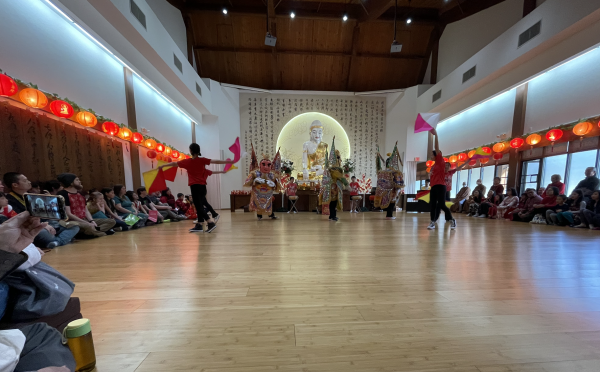
Today, billions of people worldwide, mostly in East and Southeast Asia, celebrate this day known as Lunar New Year. Following the lunar calendar, this holiday marks the first new moon of the first lunar month of the year, and its festivities last until the first full moon, typically fifteen days. This year, the holiday spans from Feb. 10 to Feb. 24.
Within these two weeks, families and communities gather to welcome the incoming year with a multitude of customs and traditions that date back centuries. Houses are thoroughly cleaned before the start of festivities to sweep away any lingering bad luck from the previous year, and decorations, such as tangerines and red couplets, that symbolize prosperity and good fortune adorn doorways and windows. Among these traditions, new clothes and shoes are also gifted and bought as a way to symbolize a fresh start. Elaborate dinners are a family affair, as multiple generations meet and reunite, sometimes for the first time in years, and prepare dishes such as dumplings and rice cakes that represent luck, wealth and success.
Another symbolic tradition that hails wealth and auspiciousness is giving red envelopes to children. The intricate paper crafts are filled with money and usually given by elder relatives to youth. Throughout the holiday, festivals, vibrant parades, dragon and lion dances, fireworks displays and temple visits are all conducted for celebration. While Lunar New Year is typically seen as a holiday of joy, many also go to altars to honor their respective gods and deceased loved ones.
Green Hope Chinese Student Association President Lucy Yan (’25) gave insight into the importance of Lunar New Year to her family. “The significance is that every single Chinese New Year we get together as a family – well, like, my extended family is in China so we FaceTime them, so we just interact,” she said. “Usually for the holiday, we do red envelopes, and we eat a Chinese New Year dinner on Chinese New Year Eve, and my favorite tradition is decorating because the red [is] very festive.”
Green Hope students Lisa Ho (’25) and Sam Chu (’25) come from Vietnamese and Taiwanese heritage, respectively, and explained the unique traditions associated with their culture’s Lunar New Year.
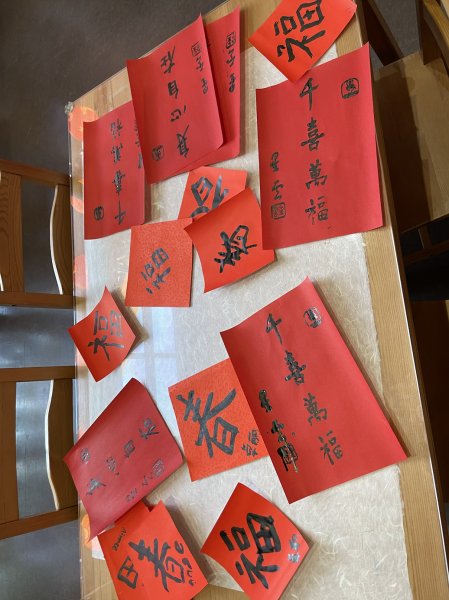
“My family is from Vietnam, so they all grew up celebrating Lunar New Year. In Vietnam, it’s called Tết, and it’s a huge part of our culture and religion [Buddhism],” said Ho. “Every year, my mom and grandmas cook food for the gods and then set it on a table and put it in the front of the house, where you first walk into my house as an offering. You can’t eat any of the food until the ceremony is done and you can’t taste it either while you are seasoning it.”
Chu’s family adopts the similar traditions as Lisa’s. “My parents come from different backgrounds, with my dad being the most religious out of the two, so my family’s celebration of Lunar New Year always falls on his lead. It’s significant to my family culturally because we cook traditional foods to offer to the Gods and spirits that look over us, blessing us for a prosperous year,” said Chu.
In particular, Chu’s family eats a special dessert that represents the vibrancy of the holiday. “My family makes traditional foods like 年糕 [nián gāo], a sweet rice cake that’s jelly-like and chewy, and Fa Gao, which is a steamed cake that blooms when cooked, basically translates to a fortune cake, and we also wear brighter colors, especially red, to welcome the new year,” she said.
When asked about her attitude towards the holiday, Chu shared positive memories.
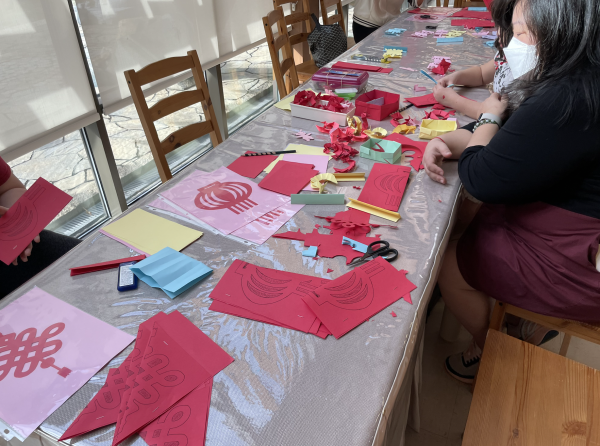
“One of my favorite traditions of the New Year is the festive calendars and other various crafts you could get. I think it’s super fun to look at the designs and overwhelmingly bright symbols of luck and prosperity and create mini lanterns,” she said. “Eating good food like 发糕 [fā gāo] and 年糕 [nián gāo] are also things I look forward to, especially since they’re only made once a year at my house.”
Chu explained that even the atmosphere in her household around Lunar New Year is an experience to look forward to. “A comforting memory of mine during the Lunar New Year is when I was younger, I would watch my dad prepare and cook batches of 发糕 [fā gāo] before New Year’s Eve. The house would smell so good and the fresh cakes were satisfying to eat– like a guilty pleasure on a late weekday night,” she said.
Although Lunar New Year heralds a variety of festivities for over a billion people around the world, it also serves as a time for reflection, gratitude and hope for a year filled with health, happiness and prosperity.




